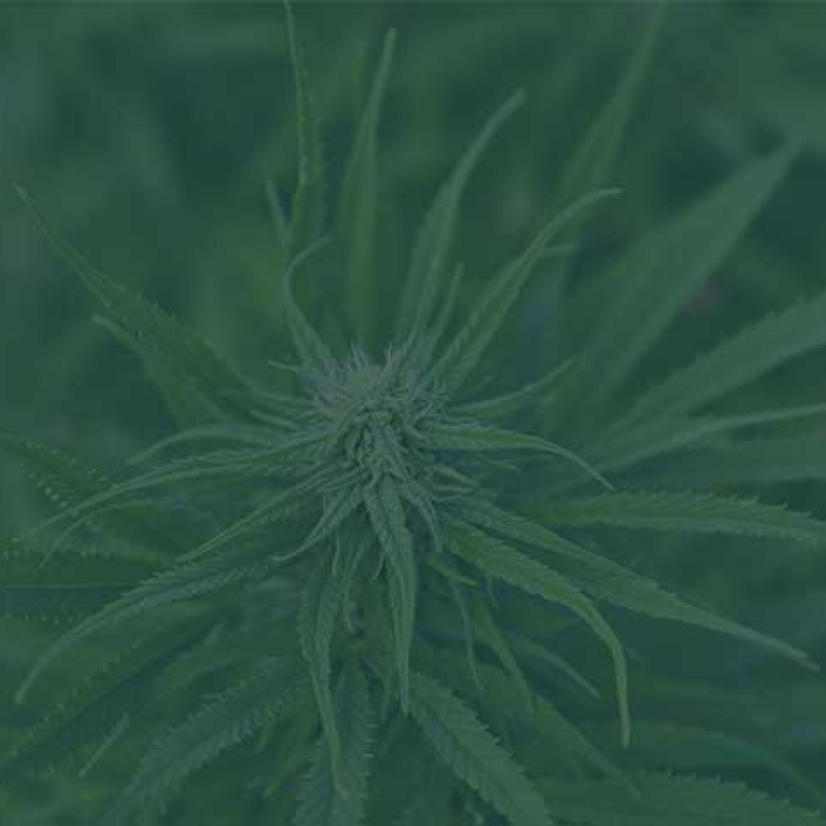Nature’s Perfect...
Why Hemp Oil Is the Most Balanced Plant-Based Omega Source When it comes to plant-based nutrition, balance is everything....
Harvesting:
Processing:
Compression:
Cutting and Finishing:
Sustainability:
Durability:
Versatility:
Carbon Sequestration:
Eco-Friendly Production:
Furniture:
Flooring:
Building Materials:
Decorative Items:
Musical Instruments:
| Aspect | Hemp Wood | Traditional Wood |
|---|---|---|
| Growth Cycle | 4-6 months | 20-100+ years |
| Density | Comparable to hardwoods | Varies by species |
| Sustainability | Highly sustainable | Deforestation concerns |
| Durability | High (when compressed) | Depends on species |
| Processing | Uses less energy & water | Intensive processes |
| Cost | Higher initial cost | Established infrastructure |
Cost:
Availability:
Standardization:
Moisture Resistance:
Reduced Deforestation:
Waste Utilization:
Low VOC Emissions:

